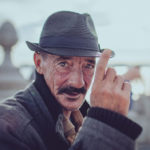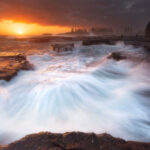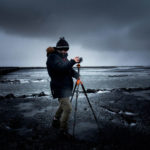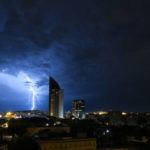Ever wish you could get professional-looking product photos from your cell phone? If you’re already a professional photographer, then maybe not. But if you’re into experimenting with your phone’s camera or you find yourself in a pinch (i.e. without your DSLR) and need to make some product photos, Household Hacker‘s video below is for you:
Tips for Better Smartphone Product Photography
Bokeh. The main idea behind this rather ingenious hack is a simple trick of simulating a shallow depth of field by placing bokeh in the background. Bokeh, which refers to circles or ‘blotches’ of blur in your background that are created when a camera lens renders out-of-focus points of light, is indicative of a shallow depth of field. By putting a photo of bokeh on a computer screen behind your subject, your product photo will appear to have a very shallow depth of field. (Via PetaPixel)

A Cheap Setup for Smartphone Product Photography
Reflective surface. Find a household object to use as a surface for the product you’re photographing. Household Hacker used a shiny black magazine bin that produced attractive reflections.
Lighting. If you need more light, use a small, low-powered light to the left or right of the object. Cover the light with a paper towel diffuser (my favorite part of this hack!) to add that little bit of soft glow.

This photo was captured with an iPhone.
Do you have any other smartphone photography “hacks” that can simulate the effects of a DSLR? We’d love to hear them!
Like This Article?
Don't Miss The Next One!
Join over 100,000 photographers of all experience levels who receive our free photography tips and articles to stay current:






My question is…
How can you assume people will not use any ‘bokeh’ image to take their smartphone product snap? You should remind your readers that they should check the copyright/IP of any image they seek to use as a backdrop for their images if they did not take it – or at the very least encourage them to create their own.